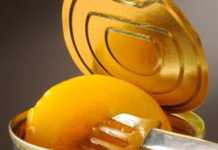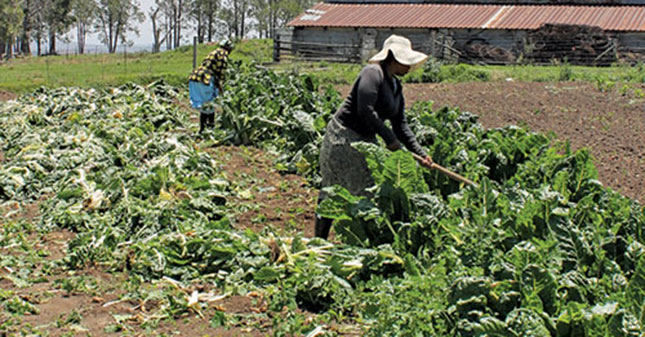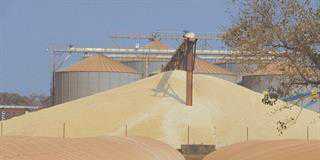The sugar industry is ready to generate renewable electricity for the national grid from sugar cane bagasse, a by-product of the sugar milling process. The SA Sugar Association’s executive director, Trix Trikam, explains the potential and the pitfalls to Lloyd Phillips.
What is the SA Sugar Association (SASA’s) role?
SASA is based at Mount Edgecombe in KZN and provides a range of specialist services to SA’s sugar cane growers and sugar millers to enhance the profitability, global competitiveness and sustainability of the South African sugar industry as a whole.
SASA’s specialist support services extend along the entire industry value chain, starting with agricultural research and extension and including cane testing, agricultural and engineering training, and the export marketing of raw sugar, to name a few.
Our industry affairs, national marketing, international marketing, external affairs and sugar cane testing divisions serve in support of the Sugar Act, 1978, the Sugar Amendment Act, 1992, and the Sugar Industry Agreement, 2000. SASA also operates the Sugarcane Research Institute and the Shukela Training Centre.
How is the industry faring at the moment?
There has been a marked decline in sugar cane production in South Africa over the past five years. This has largely been due to less than optimal returns on investment for sugar cane and sugar production, which has been reducing new investment in these sectors. Weather conditions have also played a significant role.
While South Africa continues to be one of the world’s leading cost-competitive producers of high quality sugar, the industry finds it difficult at times to export profitably to the world market.The global sugar price is severely affected by subsidy-induced overproduction in some major sugar-producing countries.
Our access to the major markets for raw and refined sugar is further restricted by high tariffs and preferential trade arrangements in the form of tariff rate quotas for a number of other sugar-producing developing countries. These global market distortions also threaten the maintenance of a profitable and sustainable domestic sugar price.
Would energy production allow the industry to grow sustainably?
Worldwide, sugar cane-based industries are increasingly turning towards energy production to maintain profitability. The South African sugar industry needs similar access to the electricity and fuel markets to be viable and globally competitive.
Currently, the industry’s attractiveness as an investment destination is hampered by its limited access to premium sugar markets, but it has the potential to contribute significantly to the national energy pool and to government’s renewable energy targets.
Sugar milling operations are already powered by internally generated energy, namely steam and electricity, fuelled by burning sugar cane bagasse in on-site furnaces. However, these mills are designed to operate at low energy-generation efficiency to match the available bagasse fuel supply with their energy needs. This is necessary to avoid bagasse stockpiling in the absence of viable electricity markets.
However, some of the 14 sugar mills already have a capacity beyond their power needs and already export about 5MW into the national grid at marginal income. This capacity can be increased significantly for a large-scale contribution to the grid, but it requires a viable market to support the very significant capital investment required.
How much potential co-generated electricity production capacity does the sugar industry have?
Our annual crop of sugar cane contains biomass with the energy equivalent of 1,75 million tons of coal, and the industry’s theoretical maximum generation capability could be 1 600MW. That’s enough to meet the average demand of the eThekwini municipality (Durban), and seven times the total electricity consumption of Mauritius.
We can supply about 600MW from 2013 to 2016 in support of the urgent need to supplement the national electricity supply. This is based on current sugar cane harvesting and processing practices, and would represent an annual production of renewable energy greater than 20% of the target of 10 000 gigawatt hours set for 2013 in the White Paper on Renewable Energy.
Furthermore, the industry has proposed including an incremental annual capacity of 150MW electricity from sugar cane fibre biomass from 2013, resulting in production of 1 000MW by 2020. The industry would invest very substantially in electricity generation capacity.
It’s estimated that total investment in the necessary biomass, ethanol and sugar mills will amount to R15 billion to R23 billion. Some 80% of capital equipment for this will be sourced in South Africa.
Government would have to implement policies that will make it possible to get more bagasse-generated electricity onto the national grid. What will the benefits be?
A viable national market for renewable electricity from bagasse will allow the industry to rapidly expand its already very considerable contribution to government’s national socio-economic imperatives. Very few industries would fulfil the aspirations of our national frameworks and plans as well as a thriving sugar cane agro-processing industry supplying sugar, electricity and ethanol.
If we produced electricity from sugar cane, we’d have a green energy, labour-intensive sugar industry, which in turn would support the rural economy and development in line with the aims of the Industrial Policy Action Plan and the New Growth Plan of the Economic Development Department. Generating renewable electricity from biomass is generally regarded as the most labour-intensive technology supply option.
What are some of the hurdles the industry is facing in trying to get supportive policies implemented, and make the market for this energy viable?
We’ve held discussions with the Department of Energy and it seems as if, in the case of the sugar industry, policy-makers are struggling to deal with the definition of a feed-stock that is obviously renewable, but also fits the definition of co-generated electricity, as it is produced in the process of producing sugar.
As the National Energy Regulator of SA (NERSA) has abandoned the Renewable Energy Feed-In Tariff (REFIT) model and Co-generation Regulatory Rules and Feed-In Tariffs (COFIT) process for establishing a market for renewable and co-generated electricity, the industry is currently in a policy vacuum, with huge potential to participate but without the policy framework required to trigger investments.
What does the industry need to implement co-generated electricity production using sugar cane bagasse as the fuel source?
Globally, energy markets are highly regulated. It isn’t feasible for new producers of renewable energy to participate in this environment without appropriate regulatory support. Renewable energy targets in South Africa can only be met through government-established mandates and markets.
Our sugar industry has the potential to be the single most significant supplier of renewable energy in the country, but without regulatory provision for its participation, even commissioning feasibility studies isn’t justifiable in the context of investment.
Government recognises the industry’s potential to contribute to renewable energy, and we’re hopeful it will soon formulate an appropriate regulatory position that will activate investment.
Contact Trix Trikam on 031 508 7000 or visit www.sasa.org.za.













